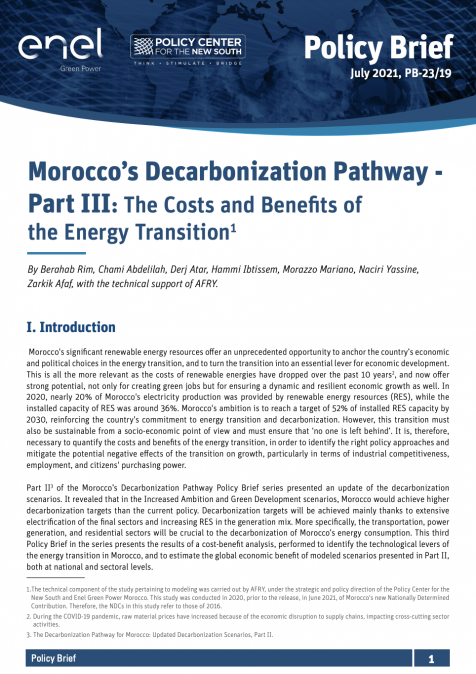Publications /
Policy Brief
Si les liens existant entre l’exportation de matières premières et l’industrialisation sont étudiés depuis longtemps, l’entrée résolue de l’économie mondiale dans l’ère de la transition environnementale et numérique leur offre une dimension toute particulière. L’évidence de la lutte contre le réchauffement climatique par la décarbonation de notre monde ne saurait, en effet, faire oublier toute la complexité de la stratégie à adopter pour y parvenir. Il s’agit, pour les pays exportateurs, de valoriser les minerais et métaux nécessaires au développement d’une économie verte, mais également, de tirer profit d’une période transitoire où la demande de gaz naturel restera forte. Une situation quasi-symétrique s’impose pour les pays importateurs : sécuriser leurs approvisionnements en ces mêmes ressources, devenues la condition sine qua non de la poursuite de leurs activités industrielles.






